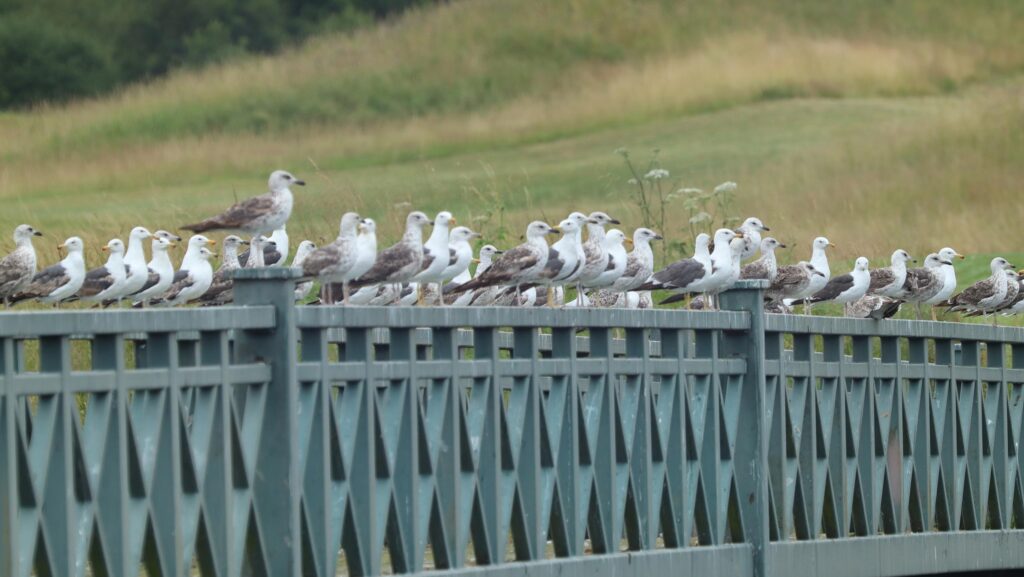Wild bird tracking data aims to to help manage avian influenza
 © Adobe Stock
© Adobe Stock Wild bird tracking data could soon prove a valuable tool for poultry producers to help them understand their local avian influenza risk and take appropriate action.
According to data from the Animal and Plant Health Agency (Apha), there have been 856 reported cases of bird flu in wild birds this calendar year, with a significant number of gulls affected.
Despite the hot weather over the summer, the virus has persisted in wild birds.
See also: Avian influenza hits major barn egg outfit
Gulls are a particular concern in the spread of avian influenza, as they are often found on poultry farms looking for water or feed.
Wild bird movements
Livetec Systems is now working to integrate data on wild bird movements into its Livestock Protect platform.
This will help producers understand where cases in wild birds are occurring and how this could impact their flocks.
“These birds are the sentinels for where the disease is in the country, and they are only the tip of the iceberg,” said Julian Sparrey, group technical director at Livetec Systems.
“They show a small proportion of how much of the wild bird population is infected with the virus.”
GPS data from gulls, he added, has shown they travel vast distances for food, crossing from the continent to the UK, with some travelling as far as 300km.
Gulls are also understood to travel a daily range of about 30km.
Predicting outbreaks
“We plan to track daily movement of gull species and then overlap this information with cases of avian influenza, enabling us to predict future outbreaks and risk periods,” explained Mr Sparrey.
He added that being better able to predict when an outbreak might occur at a local level will be of huge benefit to producers and enable them to take appropriate action.
However, strong biosecurity measures and shed maintenance must remain a priority, he said.
Producer-friendly information
The British Free Range Egg Producers Association (Bfrepa) and the NFU welcomed the initiative.
“The more information and early warning we have about the threat posed by this invidious disease and the risk from wild bird populations, particularly gulls, the better we can prepare and be more resilient as a sector,” said Gary Ford, head of strategy at Bfrepa.
Praising Defra and Apha for providing raw data, he said the industry needed to get better at presenting the information in a producer-friendly way that can be interpreted in real time.
NFU Poultry Board chairman James Mottershead added: “It is a welcome development to see the increased use of data and technology to better predict disease risk which can in turn help poultry producers protect their flocks.”
